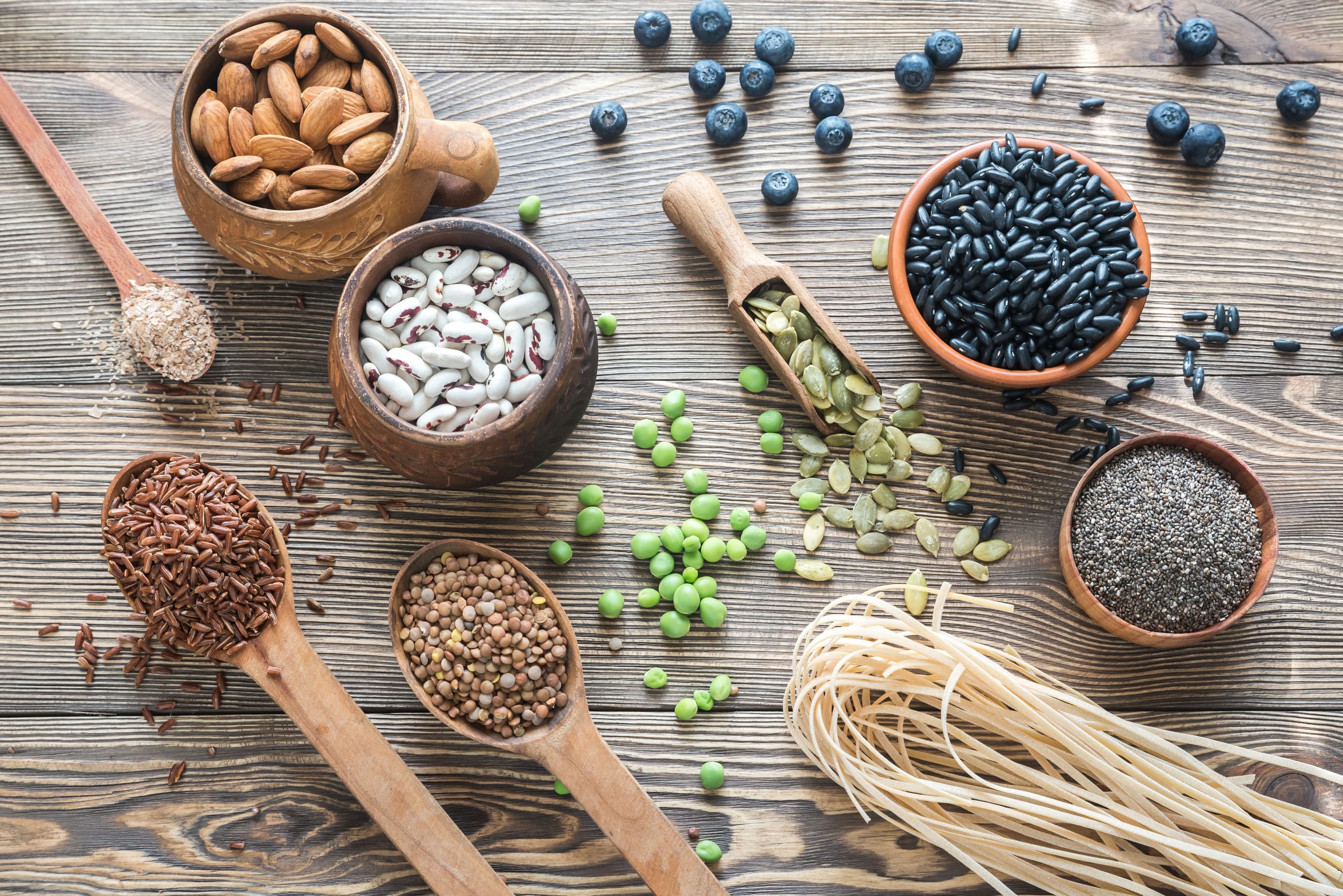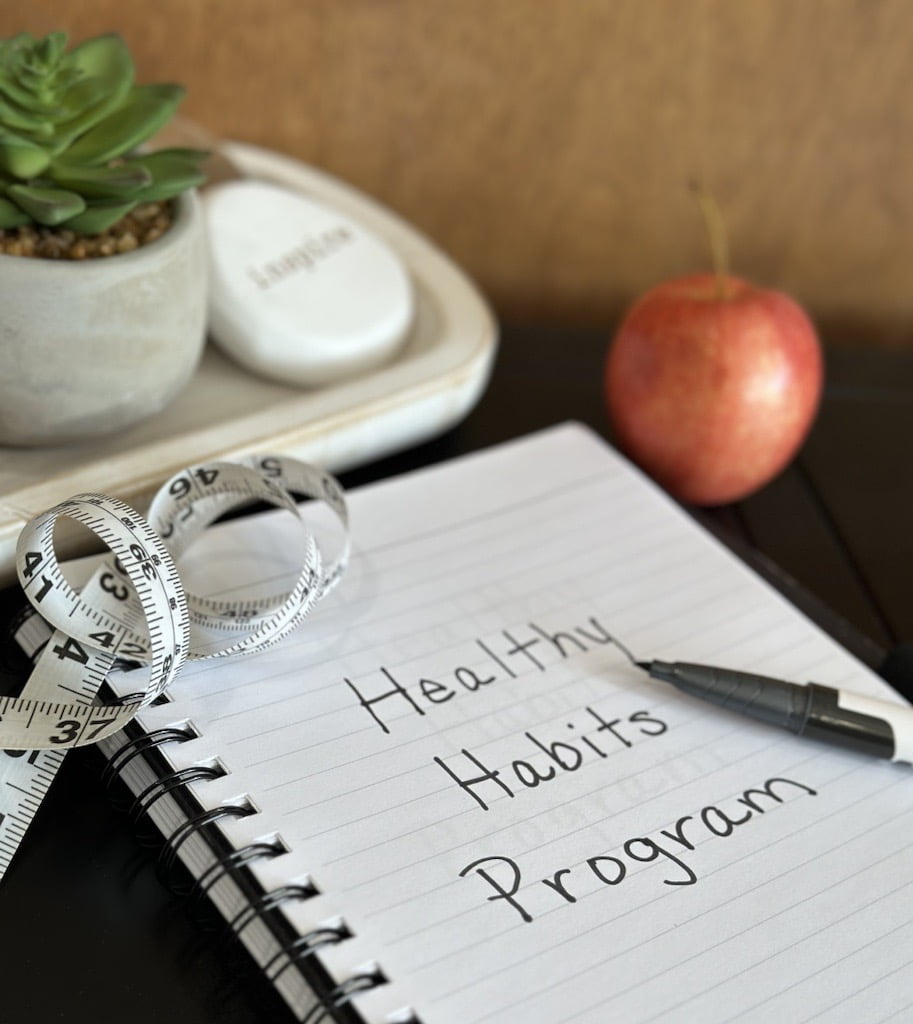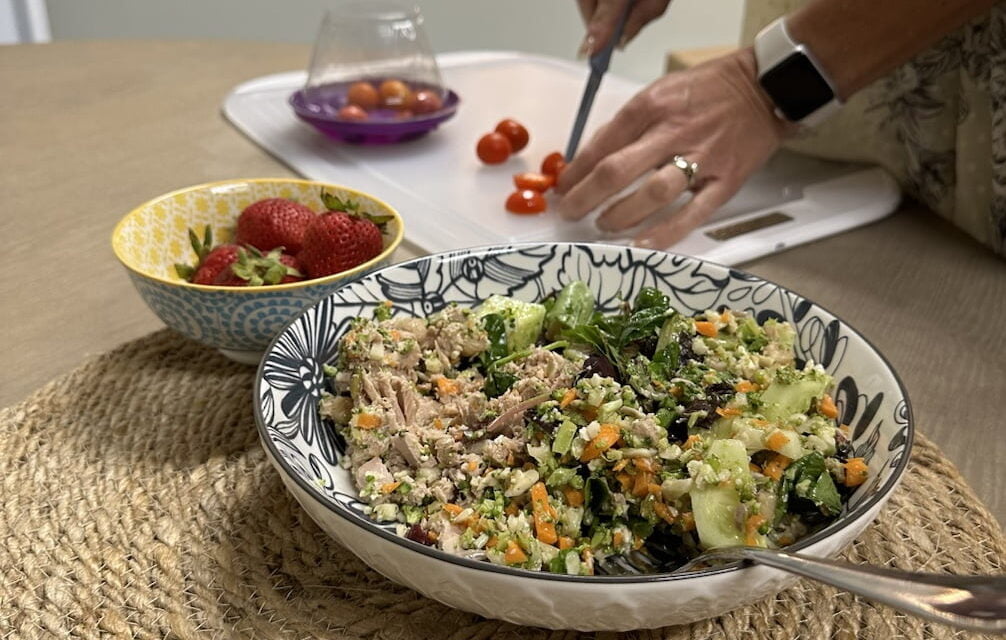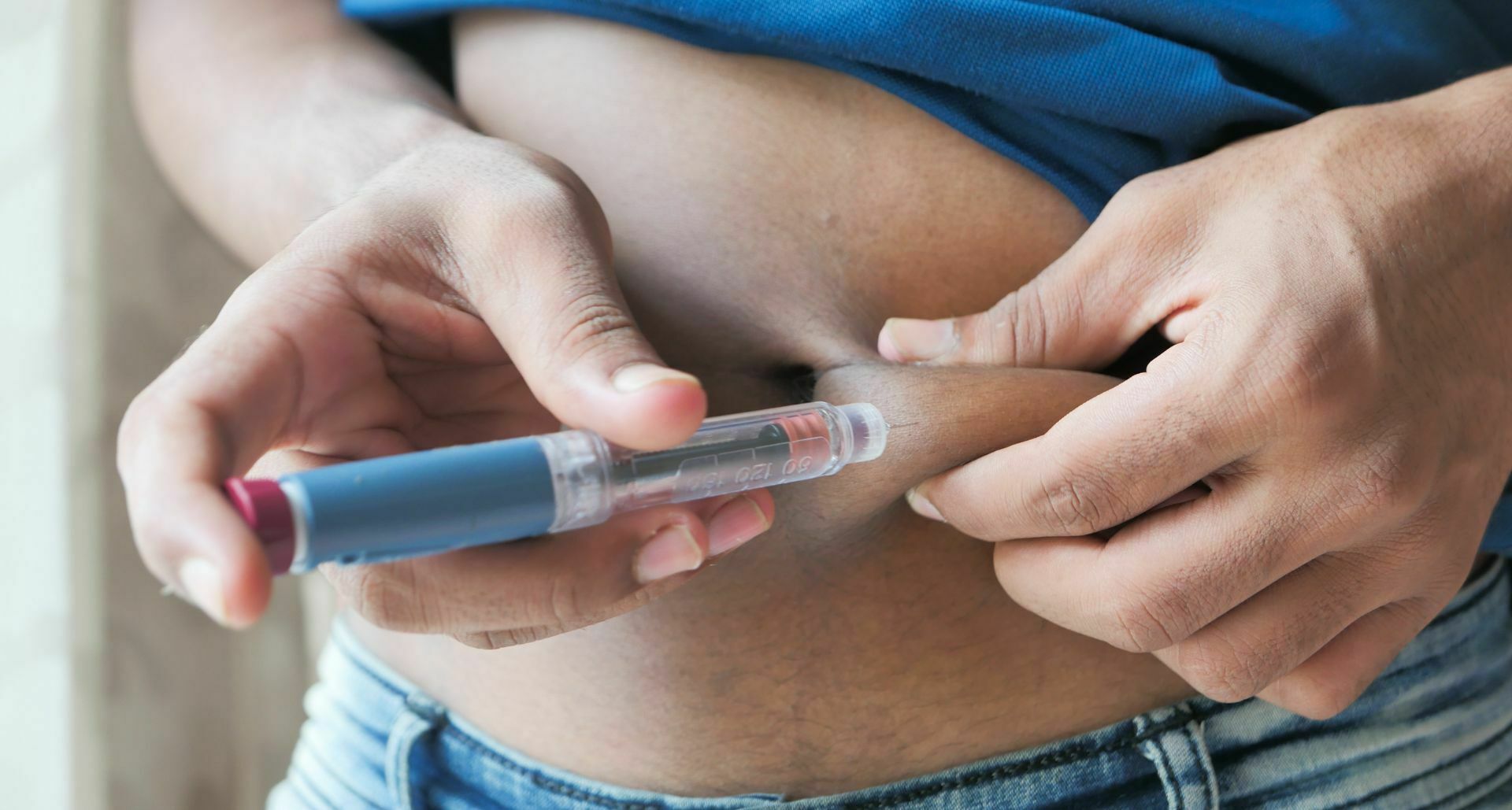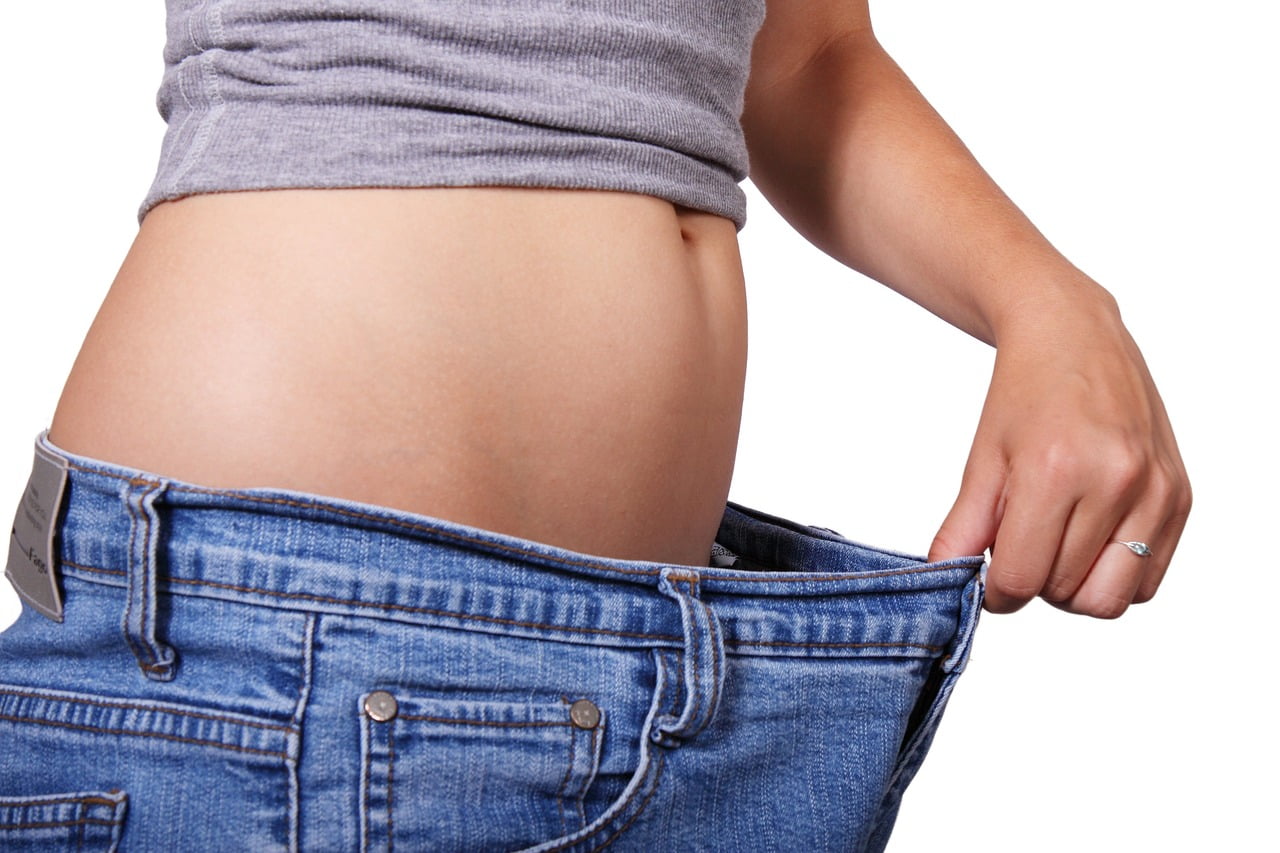Introduction
When it comes to weight loss, most people focus on cutting calories or ramping up their protein intake. But there’s another nutritional superstar that often gets overlooked: fiber. At Lifestyle Wellness Clinic, we’ve seen firsthand how adding more fiber to your diet can help you feel fuller, reduce cravings, and make sustainable weight loss a whole lot easier. Let’s dive into why fiber is so important and how to incorporate it into your meals.
How Fiber Helps with Weight Loss
- Keeps You Satisfied Longer
One of fiber’s best qualities is how it helps you stay full. Because it slows down digestion, fiber keeps you satisfied after meals, reducing the temptation to snack on high-calorie treats later. - Balances Blood Sugar
Fiber slows the absorption of sugar into your bloodstream, which prevents energy crashes and those pesky sugar cravings. A stable blood sugar level makes it much easier to stick to your weight loss plan. - Supports Digestive Health
Fiber is great for your gut. It promotes healthy digestion, prevents bloating, and keeps things moving. A happy gut often leads to better overall health. - Boosts Fat Burning
Foods high in fiber take longer to digest, which means your body uses more energy (and burns more calories) to process them. While the effect is small, every bit counts in your weight loss journey. - Encourages Healthier Choices
Fiber-rich foods—think fruits, veggies, whole grains, and legumes—are naturally lower in calories and packed with nutrients. By focusing on these options, you’re automatically steering toward a healthier, more balanced diet.
How Much Fiber Do You Actually Need?
Most adults should aim for about 25-30 grams of fiber a day, but most people don’t get anywhere near that. If you’re new to eating more fiber, increase your intake gradually to avoid digestive discomfort, and be sure to drink plenty of water.
Simple Ways to Add More Fiber to Your Diet
- Upgrade Your Breakfast
Start your day with fiber-rich foods like oatmeal, whole-grain toast, or a high-fiber cereal. Pair it with some fruit for an extra boost. - Snack Smarter
Trade chips or cookies for high-fiber snacks like apples, carrot sticks, or a handful of berries. These options are filling and packed with essential nutrients. - Incorporate Legumes
Add beans, lentils, or chickpeas to soups, salads, or grain bowls. They’re an easy, tasty way to increase your fiber intake. - Switch to Whole Grains
Replace white rice, pasta, or bread with their whole-grain counterparts. These swaps are simple to make and add a significant fiber boost to your meals. - Top It Off with Nuts and Seeds
Chia seeds, flaxseeds, and nuts are excellent sources of fiber and can easily be sprinkled onto yogurt, smoothies, or salads for a crunchy, nutrient-packed topping.
How We Help You at Lifestyle Wellness Clinic
At Lifestyle Wellness Clinic, we know that every weight loss journey is unique. That’s why we create personalized nutrition plans that fit your preferences and lifestyle. We’ll help you figure out the best ways to incorporate fiber into your diet so you can stay on track and feel your best.
Conclusion
Fiber may not be the flashiest part of your diet, but it’s one of the most effective tools for weight loss. By keeping you full, balancing your blood sugar, and boosting your overall health, fiber helps you stay on track without feeling deprived. Ready to start making simple but impactful changes to your diet? Reach out to us at Lifestyle Wellness Clinic, and let’s build a plan that works for you.
